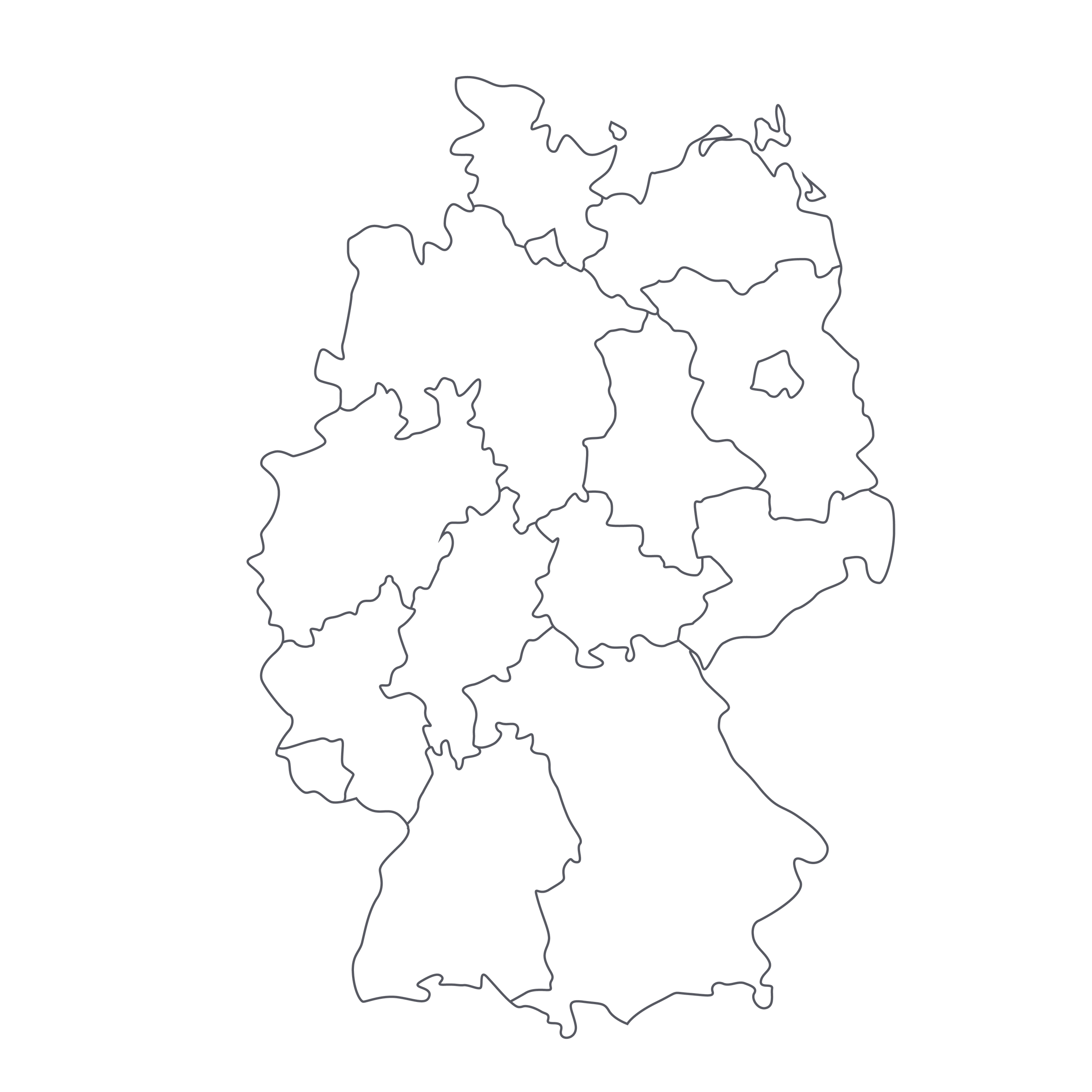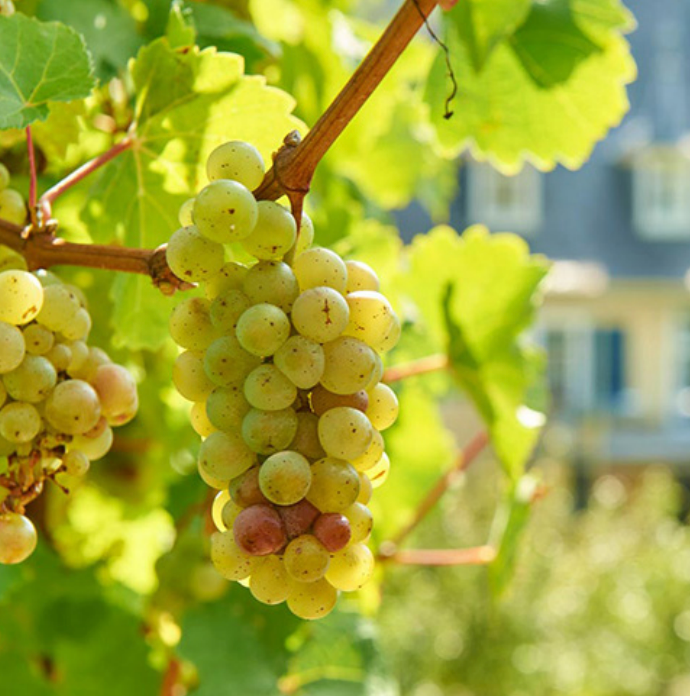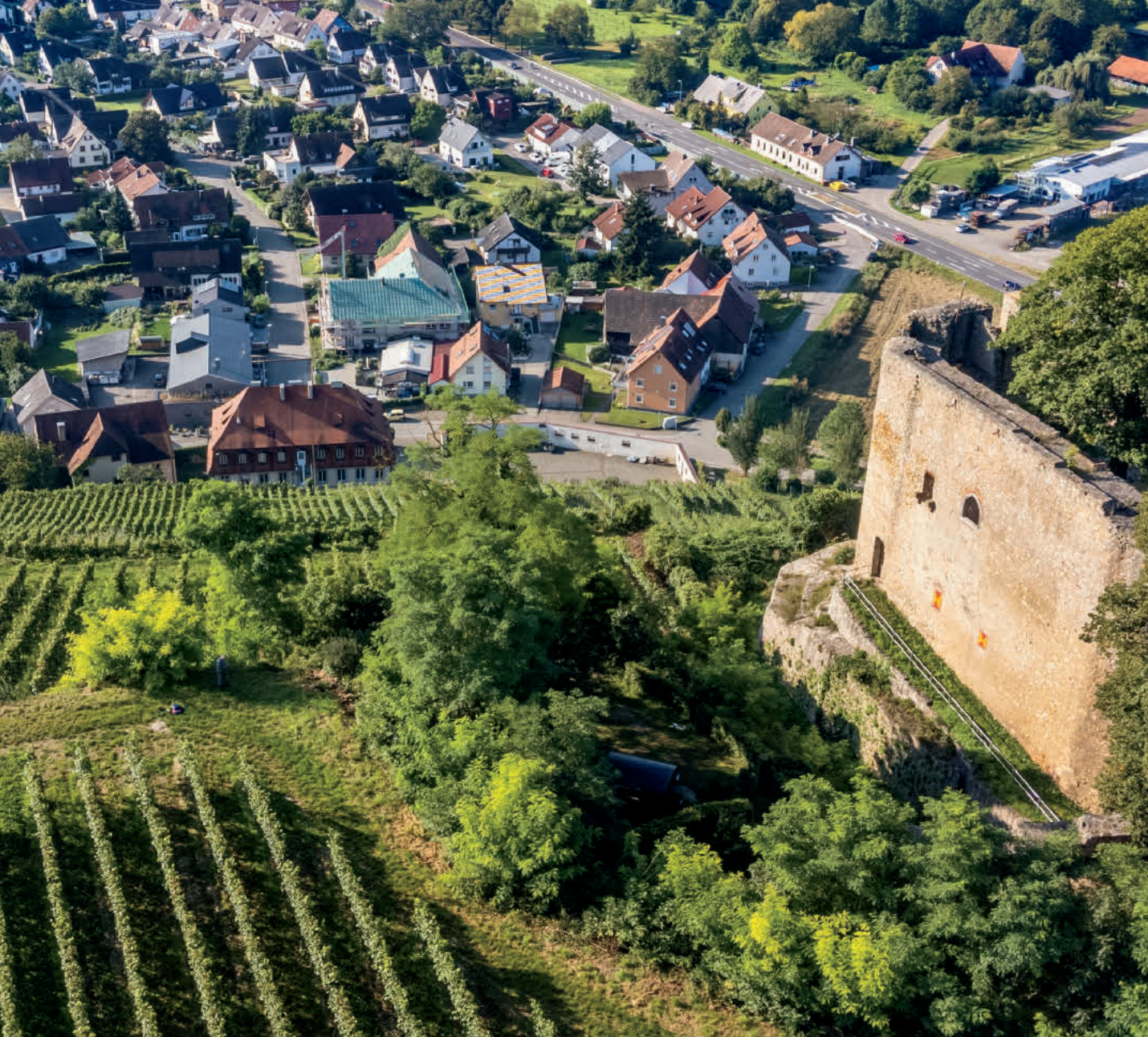Great German Riesling with bottle age is both a sensual and intellectual experience. The basic premise of grape ripening is that when sugars go up, acids go down, but when it comes to German Riesling, that logic kind of goes out the window. There’s something about Riesling in terroirs like the Rheingau wherein the acidity remains pronounced and lively—even as the texture of a wine grows more unctuous with progressive levels of ripeness.
We recently snapped up a small parcel of Karl-Johann Molitor’s 2009 Riesling from one of the Rheingau’s (and Germany’s) most hallowed vineyards, “Rüdesheimer Magdalenenkreuz.” It is a mouthful, yes, and it’s a mind-bender—opulent, heady, exotic, and yet bristling with acid-driven energy. It is also, thanks to the savvy collectors we bought it from, mind-bendingly inexpensive for an aged wine of this pedigree.
This wine features all the label language of Germany’s traditional prädikat classification system. “Spätlese-Feinherb” means that the grapes were harvested at potential alcohol levels that placed them in the higher spätlese weight class, grapes which were then fermented to the point where the wine was slightly sweet, or ‘off-dry’ (feinherb). This bottling contains just 20 grams of residual sugar, whereas many spätlese-level wines can have anywhere between 50-100 grams. (Bear in mind that Brut Champagne can have up to 12 grams per liter of residual sugar and you have a reference point for the understated sweetness level here.)
The picturesque vineyards of the Rheingau rest between the Taunus Mountains and the right bank of the Rhine River. Each steeple-dotted village has its own unique personality, but one thing is consistent—the wines are richer, rounder and more opulent that the laser beam wines of the Mosel. Thanks to the reflective sunlight from the wide swath of the Rhine and the protective influence of the Taunus Mountains, these south-facing vineyards enjoy stronger, more abundant sunshine and the grapes are protected from harsher winds, which results in more phenolic ripeness and ample concentration of flavor in the fruit. And yet, as this wine illustrates, the Rheingau still delivers the freshness of acidity we all crave in a fine German Riesling.
The Molitor family has been growing Riesling in the Rheingau for over a century. Today, Karl Molitor Jr. is in charge of the family estate and has been since 1999. The winery is located near the village of Hattenheimer Steinberg, but this wine hails ten minutes southwest in the famed Rüdesheimer Magdalenenkreuz vineyard. Located on steep slopes above the Rhine in the village of Rüdesheim, the site’s name, “Magdalenenkreuz,” translates to “the cross of Mary Magdalene”—so named for a red sandstone cross in the vineyard that dates to the Middle Ages. At an elevation of 100-165 meters, the soils are blessed with pure sandy loam, old slate, and quartzite, which lend a uniquely satisfying mineral definition to this voluptuous nectar.
The 2009 Rüdesheimer Magdalenenkreuz benefited from a long, dry and warm growing season where all the stars aligned to make for one of the greatest vintages in recent memory. The deep straw yellow core moves to a hint of green on the rim. Aromas of ripe, juicy peach, mango, endless yellow tropical fruits, candied lime zest, honeysuckle and orange blossoms hover over a varietally pure fragrance of white flowers, honey, and petrol. It is a truly rare and mesmerizing combination of opulent richness and mineral/acid nerve, and it’ll make a captivating partner with this
recipe for Vietnamese Lemongrass Beef Noodle Salad. Serve it on the cooler side (45 degrees) to tame the sweetness. Is there any better deal in wine than well-aged German Riesling? I don’t think so!






